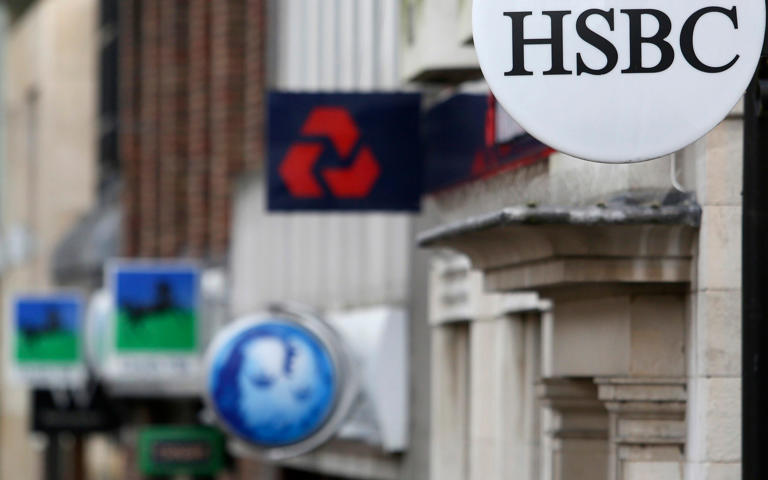Britain’s major banks are facing criticism once again for their below-par savings rates, despite regulatory efforts to prompt improvements. Santander, Barclays, HSBC, Lloyds, and NatWest are all offering interest rates of less than 2% on balances of £10,000 in their basic savings accounts, significantly below the market average. Analysis from comparison website Moneyfacts revealed that these rates fall short of 80% of the 364 products available in the market.
The disparity is even more pronounced when considering easy-access Individual Savings Accounts (ISAs), where major banks are offering an average rate of just 1.58%—less than half of the current market average of 3.31%. This means that savers with £10,000 in an easy-access ISA from a major bank could miss out on £169 in interest annually compared to the market average.
Despite interventions from regulatory bodies such as the Treasury and the Financial Conduct Authority (FCA), major banks have been slow to increase their savings rates in line with market trends. Chancellor Jeremy Hunt previously criticized banks for their delay in passing on rate increases, and the FCA issued a warning to improve customer treatment. However, banks have cited various factors, including dynamics in the retail banking sector, as reasons for their reluctance to raise rates.
The Bank of England’s decision to increase the interest rate to 5.25% in August last year initially led to a peak in savings rates, with government-owned National Savings & Investments (NS&I) offering a 6.2% one-year fix. Although rates have slightly declined since then, the average easy-access account has seen improvement. However, major banks continue to offer rates that are lower than the market average, raising concerns about their commitment to providing competitive savings options for customers.
In response to criticism, industry bodies and bank representatives have defended their offerings, highlighting the wide range of savings products available and emphasizing factors beyond interest rates, such as flexibility, convenience, and organizational stability. Despite these assurances, savers are increasingly turning to alternative options to maximize their returns in the current low-rate environment.
As the savings market continues to evolve, regulatory bodies are closely monitoring the value provided by financial institutions to their customers. While there have been some improvements in the competitiveness of the savings market, concerns persist about the disparity between major banks’ offerings and the broader market rates. It remains to be seen whether further regulatory action will be taken to address these issues and ensure fair treatment for savers.
